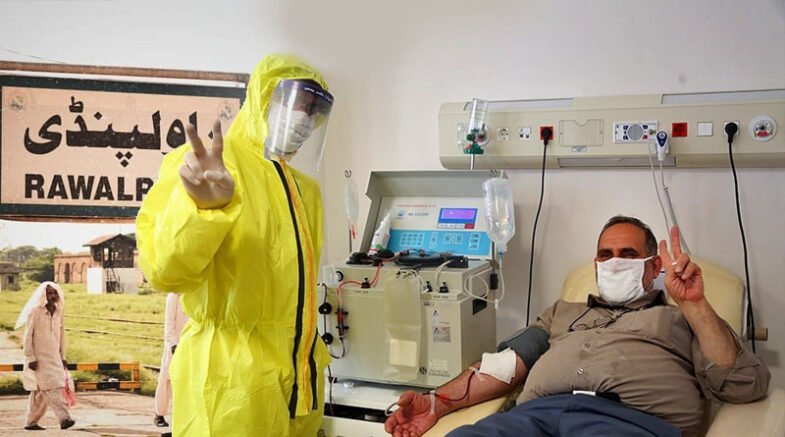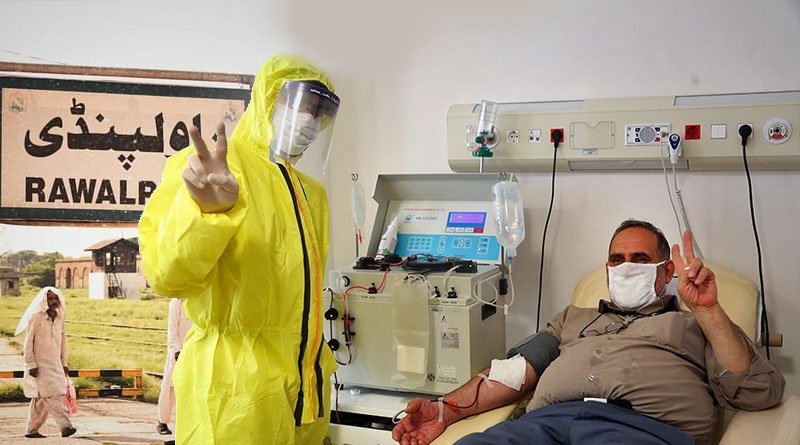According to district health authority data, 47,746 patients have tested positive since the pandemic, 44,113 from Rawalpindi, and 3,633 from outside the district.

As many as 46,402 Coronavirus patients suffered from deadly coronavirus had been discharged from the district’s health facilities, with 42,769 being Rawalpindi residents and 3,633 being from other districts.
According to district health authority data, 47,746 patients have tested positive since the pandemic, 44,113 from Rawalpindi, and 3,633 from outside the district.
The report further updated that one more patient was reported during the last 24 hours from the Federal Capital Area, adding 7,006,011 people, including 44,790 health workers, who had jabbed themselves against the deadly coronavirus so far.
During the last 24 hours, 215 samples were collected, of which 214 were declared negative while the positivity rate was recorded at 0.47 percent.
Like many other countries, Pakistan has also faced challenges in its response to the pandemic, including a shortage of personal protective equipment and testing kits, as well as a lack of information and education on the virus.
Additionally, the country’s healthcare system has been stretched thin by the influx of patients, leading to overcrowding in hospitals and a shortage of intensive care beds.
Coronavirus, also known as COVID-19, is a highly contagious virus infection caused by the SARS-CoV-2 virus. It was discovered in December 2019 in Wuhan, China, and has since spread to become a global pandemic.
COVID-19 symptoms can range from mild to severe and include fever, cough, shortness of breath, fatigue, body aches, and loss of taste or smell. Some people may not show any symptoms at all, but they can still spread the virus.
People have been advised to practice social distancing, wear face masks, and frequently wash their hands to prevent the spread of COVID-19. Vaccines have also been developed and approved for use in an emergency situation to help protect against the virus.
The World Health Organization (WHO) and other public health authorities around the world continue to closely monitor the spread of the virus and provide updates and guidance on how to protect yourself and others.
